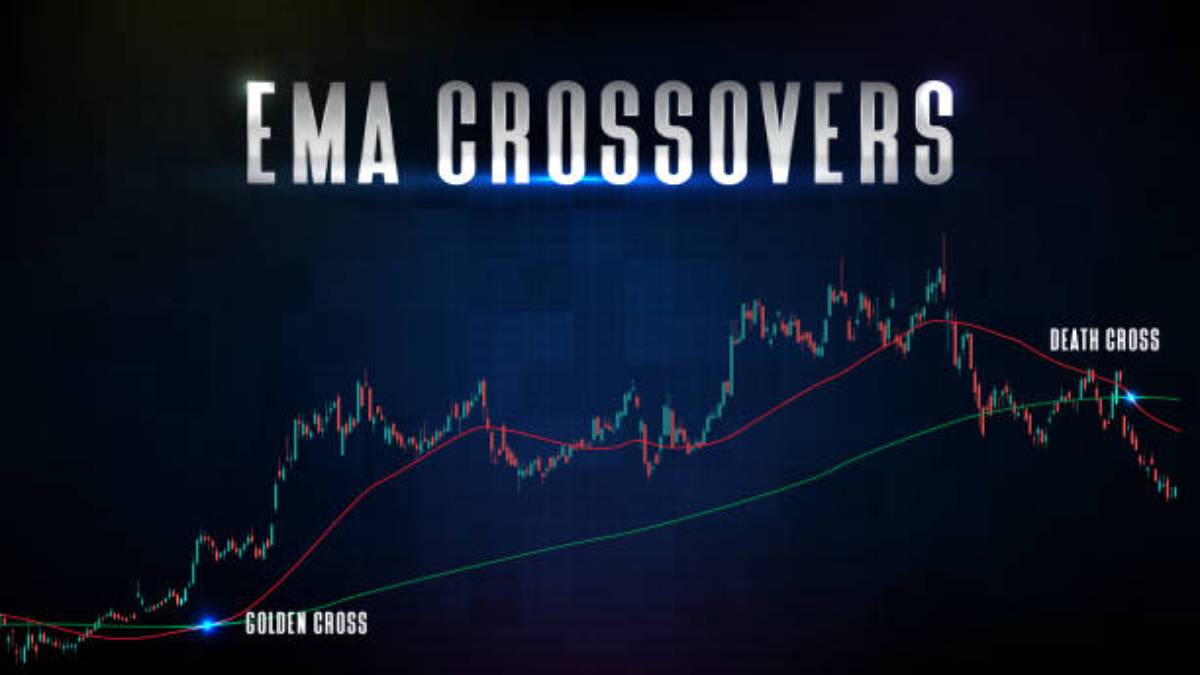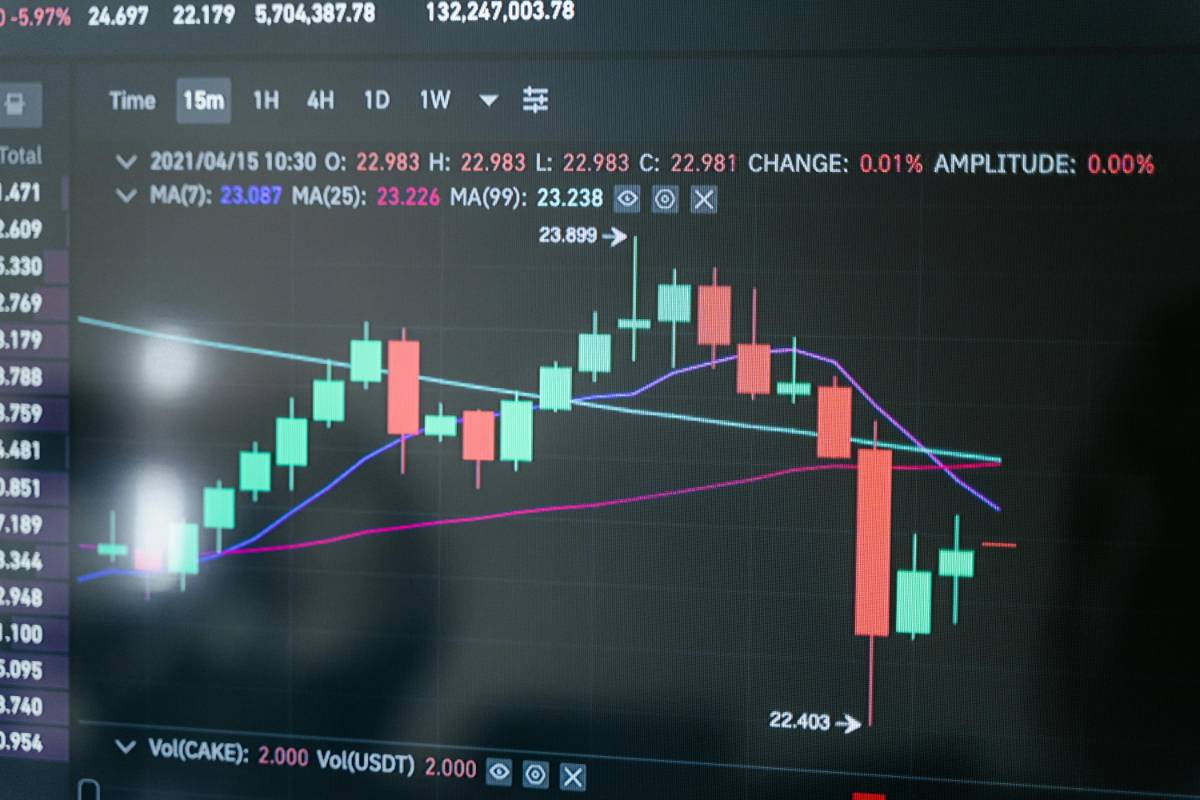
Momentum Trading: How to Ride Trends for Maximum Gains
 By James Carter
By James CarterMomentum trading is a strategy that focuses on capitalizing on strong price trends. Traders use this approach to ride market movements and maximize gains by entering positions that align with prevailing momentum.
What is Momentum Trading?
Momentum trading involves buying assets that are trending upwards and selling assets that are trending downwards. The key principle is that assets in motion tend to stay in motion, allowing traders to take advantage of sustained trends.
Momentum traders rely on price action, volume, and technical indicators to determine the strength and sustainability of a trend.
Key Indicators for Momentum Trading
1. Relative Strength Index (RSI): Measures the speed and change of price movements, helping traders identify overbought or oversold conditions.
2. Moving Averages: Simple Moving Averages (SMA) and Exponential Moving Averages (EMA) help identify trends and potential entry points.
3. MACD (Moving Average Convergence Divergence): Helps traders confirm trend strength and potential reversals.
4. Volume: High trading volume during an uptrend or downtrend indicates strong momentum and trader commitment.

Best Practices for Momentum Trading
1. Follow the trend: Enter trades in the direction of strong momentum and avoid counter-trend trading.
2. Use stop-loss orders: Protect gains and limit losses by setting strategic stop-loss levels.
3. Time entries and exits carefully: Monitor technical indicators to determine optimal entry and exit points.
You might also like
1. How Interest Rates Impact ETF and Mutual Fund Performance2. Understanding and Managing Risk in Your Investment Portfolio3. The Basics of Passive Income: How to Make Money Work for You4. Understanding the U.S. Financial System: A Complete Guide4. Stay disciplined: Avoid emotional trading and stick to a well-defined strategy.
Conclusion

Momentum trading can be a profitable strategy when executed correctly. By leveraging technical indicators and following disciplined risk management, traders can take advantage of strong price trends and enhance their trading success.
About the author
 By James Carter
By James CarterJames Carter is a seasoned finance writer with over 8 years of experience helping millennials and Gen Z take control of their money. With a background in economics and a passion for demystifying complex financial concepts, Ananya shares actionable tips on budgeting, investing, and building long-term wealth. Her mission is to make financial literacy accessible, relatable, and empowering — no jargon, just smart money moves.
More like this

Stock Buybacks: How They Influence Share Prices
Stock buybacks have become a common strategy for companies looking to boost share prices and reward investors. Understanding their impact can help investors make informed decisions.

Meme Stocks: Are They Making a Comeback?
Meme stocks took the financial world by storm in recent years, driven by online communities and retail investors. As market conditions shift, many wonder if these stocks are making a comeback.

Dividend Stocks vs. Growth Stocks: Where’s the Best Opportunity?
Investors often face a crucial decision when building their portfolios: Should they invest in dividend stocks for stability or growth stocks for higher returns? Understanding the differences can help in making the right choice based on financial goals and risk tolerance.

How Geopolitical Events Affect U.S. Stock Performance
Geopolitical events have a significant impact on the U.S. stock market, influencing investor sentiment, market volatility, and sector performance. Understanding these effects can help investors navigate uncertainty and make informed decisions.

AI and Automation: The Next Big Disruptors in the Stock Market
Artificial intelligence and automation are transforming industries, and the stock market is no exception. These technologies are reshaping investment strategies, trading mechanisms, and market dynamics at an unprecedented pace.

S&P 500 vs. Nasdaq: Where Should You Invest?
Investors often compare the S&P 500 and the Nasdaq when deciding where to allocate their funds. Understanding the differences between these indices can help you make a strategic investment choice based on your risk tolerance and financial goals.

Why Tech Stocks Are Leading the Market Again
Tech stocks are once again at the forefront of the market, driven by innovation, strong earnings, and investor optimism. As companies in the sector continue to expand their influence, understanding the reasons behind this surge can help investors make informed decisions.

The Impact of Federal Reserve Policies on the Stock Market
Federal Reserve policies play a crucial role in shaping the stock market. Interest rate decisions, quantitative easing, and regulatory measures directly impact investor sentiment and market performance. Understanding these effects can help traders and long-term investors navigate the evolving financial landscape.

Top Performing Stocks on Wall Street This Quarter
The latest quarter on Wall Street has seen significant movements, with some stocks outperforming expectations while others struggled to keep up. Understanding these trends can help investors make informed decisions moving forward.

U.S. Stock Market Outlook: What to Expect in 2025
As we move into 2025, investors are looking for insights into the U.S. stock market's potential trajectory. Market trends, economic policies, and global events will all play crucial roles in shaping investment opportunities.




